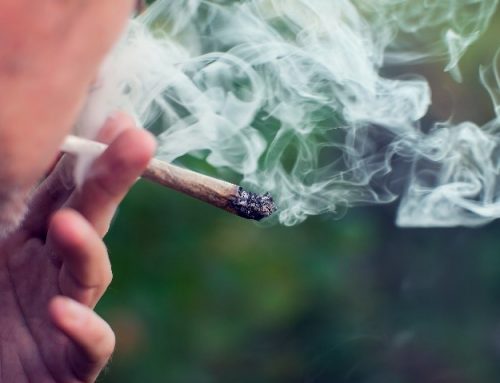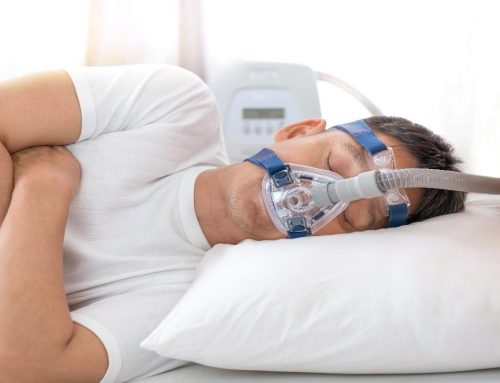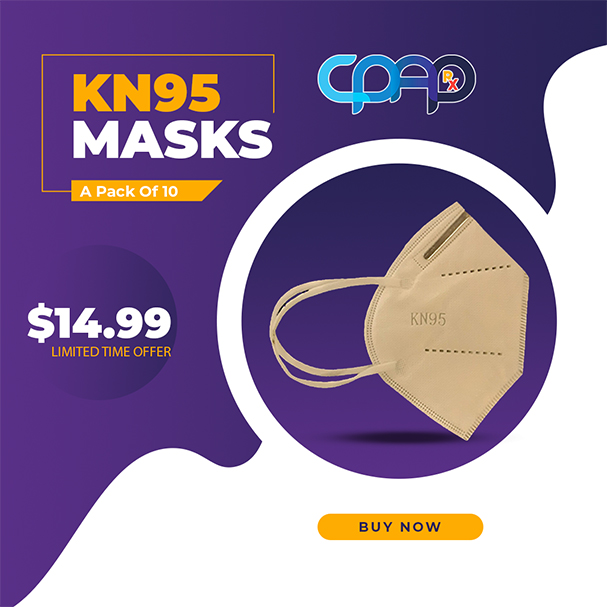As part of your journey towards a sleep apnea diagnosis, your doctor may recommend a sleep study. If this makes you uneasy, you aren’t the only one. Patients are often scared to submit to a sleep study. You might feel nervous about having to sleep in a foreign environment, and about having someone watch you as you sleep. While these fears are understandable, there are many advantages to participating in a sleep study so your doctor can gain more insight into your specific symptoms.
What is a Sleep Study and Why Do I Need One?
 Your doctor may suspect that you have sleep apnea based on the information you provide during a visit or from potential symptoms your spouse or children have noticed. However, many sleep disorders have similar symptoms, and it can be hard to distinguish one from another without precise data about the symptoms, how often they occur and when they happen. Some of these other sleep disorders include:
Your doctor may suspect that you have sleep apnea based on the information you provide during a visit or from potential symptoms your spouse or children have noticed. However, many sleep disorders have similar symptoms, and it can be hard to distinguish one from another without precise data about the symptoms, how often they occur and when they happen. Some of these other sleep disorders include:
- Insomnia, where a patient has trouble falling and staying asleep
- Hypersomnia, where a patient feels excessively sleepy during the day and may take several naps to try and compensate
- Restless leg syndrome, where a patient kicks and shakes during sleep
- REM sleep behavior disorder, where a patient does not get REM sleep and may kick, punch, or thrash as they sleep
A Sleep Study Is A Temporary Measure
While a sleep study might not be your idea of a good time, it is a temporary test that only lasts for a short time. The valuable data it gathers helps your doctor identify exactly what you are suffering from and make your treatment more effective. After the sleep study is complete, it’s unlikely that you’ll never have to do one again.
Modern Sleep Clinics Are Comfortable and Unobtrusive
One of the main reasons for anxiety about a sleep study is that patients assume they will be sleeping in a hospital room, with sleep technicians standing by the bedside staring at them. Modern sleep clinics have more in common with a hotel than a medical facility, making it easy to get to sleep. You can wear your own pajamas and bring items from home that you might need, like a sleeping mask or favorite pillow. Monitoring is done remotely through technology, so once you get to sleep, you don’t have to be woken by nurses and doctors trying to check your pulse and other information. Sensors are typically used to monitor vital signs, so there are no needles or pain involved. Ultimately, even if you only sleep for an hour or two, the data collected should be enough to help provide insight into your condition.
Sleep Studies Provide You With Insight About Your Sleep Apnea
After the sleep study, all the data will be reviewed by a specialist and then forwarded to your doctor. At a follow–up appointment, your doctor will take you through the information to help you understand what is happening when you sleep. You can ask questions and get answers about issues that have plagued you for years.
What Happens After a Sleep Study?
 Once you’ve reviewed the data with your doctor, he or she may recommend using a CPAP machine for treatment of your symptoms. The CPAP machine consists of a main unit which is attached to a mask via tubing. As you sleep with the mask on, the machine provides you with supplemental pressure to keep your airway from collapsing. This will relieve many or all of the symptoms of sleep apnea and allow you to get a full night’s sleep.
Once you’ve reviewed the data with your doctor, he or she may recommend using a CPAP machine for treatment of your symptoms. The CPAP machine consists of a main unit which is attached to a mask via tubing. As you sleep with the mask on, the machine provides you with supplemental pressure to keep your airway from collapsing. This will relieve many or all of the symptoms of sleep apnea and allow you to get a full night’s sleep.
You’ll also need to get a CPAP cleaning device to keep the CPAP machine sanitary over time. Because the CPAP machine uses humidity to treat sleep apnea, mold spores can attach to the moisture particles that remain in the folds of the tubing. This mold then enters the air you breathe at night, interrupting the relief you should be getting. Using a CPAP cleaning machine at least weekly will keep bacteria and mold from growing inside the CPAP mask and tubing. This will ensure that the CPAP machine keeps providing you with effective relief as long as you need to use it.
Try VirtuCLEAN, an efficient CPAP cleaner to keep your CPAP machine working. This easy to use CPAP cleaning machine uses ozone to sanitize every part of the unit. It’s the easiest and simplest way to keep your CPAP unit clean. Find out more about this CPAP cleaner and sanitizer here.




 Shop
Shop



